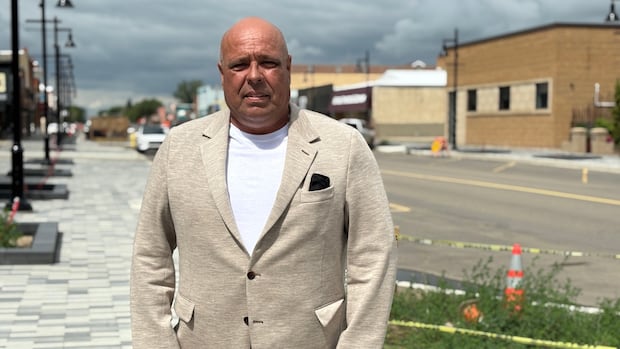The rolling Prairie hills around Estevan reveal deep layers of black rock, a vast deposit of coal that has been mined in this part of Saskatchewan for more than 100 years.
The natural resource that powers the local economy, keeps the lights on and is a central part of the local identity was expected to be left in the ground going forward, with the anticipated shutdown of two nearby power plants within the next five years.
Mayor Tony Sernick, who grew up near a coal mine on the outskirts of the city, said the outlook for a future without coal was initially bleak.
“It’s our livelihood, it’s in our DNA,” he said. “There was no optimism on the horizon. Everybody was kind of planning for the worst.”
But the worst case appears to have been avoided, at least for now. The Saskatchewan government recently announced plans to extend the life of its coal-fire power plants for decades, arguing Ottawa doesn’t have jurisdiction over electricity generation in the province.
Fear of losing a third of the population
Estevan sits just north of the U.S. border, about 185 kilometres southeast of Regina.
Known as the Energy City because of the coal, oil and gas industries, Estevan was once projected to lose a third of its population of about 11,000 people. About 400 homes went up for sale as the economy contracted and some residents began to leave.
Like many small coal towns across Canada, the community was bracing for the phase out of coal-fired power plants. A looming federal deadline, with commitment by the province, set a target of eliminating the polluting fossil fuel by 2030.

Some feared Estevan could become a “ghost town.”
The community worked to find ways to diversify its economy and was selected by the Saskatchewan government as the site of a small modular nuclear reactor.
But Sernick said an extension of coal was still needed and is welcome news.
“It was good to see you kind of filled that gap, and it really gives us that time to transition into whatever the next big thing is,” he said.
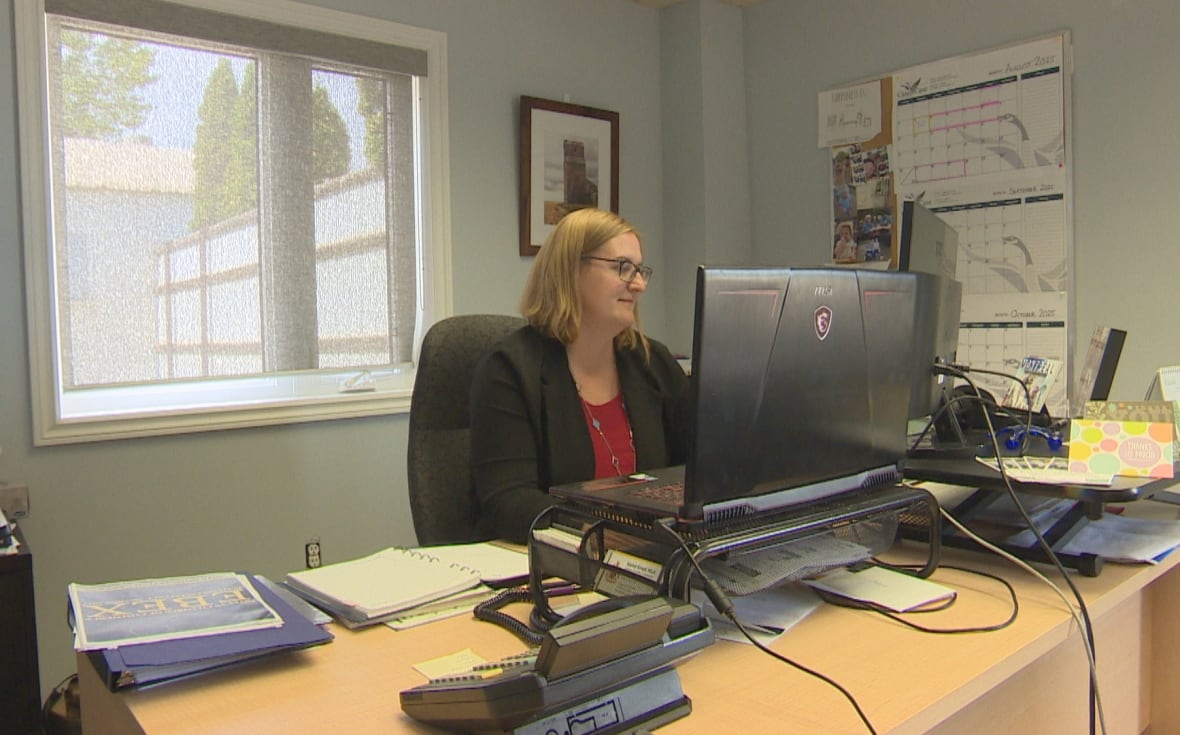
The business community is also looking for ways to adapt.
Merissa Scarlett, executive director of the Estevan Chamber of Commerce, said the news the plants would keep running came as a “relief.”
“Even with coal being back in, we’re still going to move to nuclear. The world’s changing, right?,” she said. “We have to diversify the economy.”
The city has received millions of dollars from the federal and provincial governments to help support a transition away from coal to new economic opportunities.
One of those ideas: a research project underway to see if the area’s coal can be turned into graphite.
‘I think we’re safe’
Outside Estevan’s grocery store, residents are clear: they don’t want coal to go without an alternative for the economy.
Lynn Senchuk said she believes coal will keep burning, even if the federal government tries to wind down operations.
“I think we’re safe,” she said.
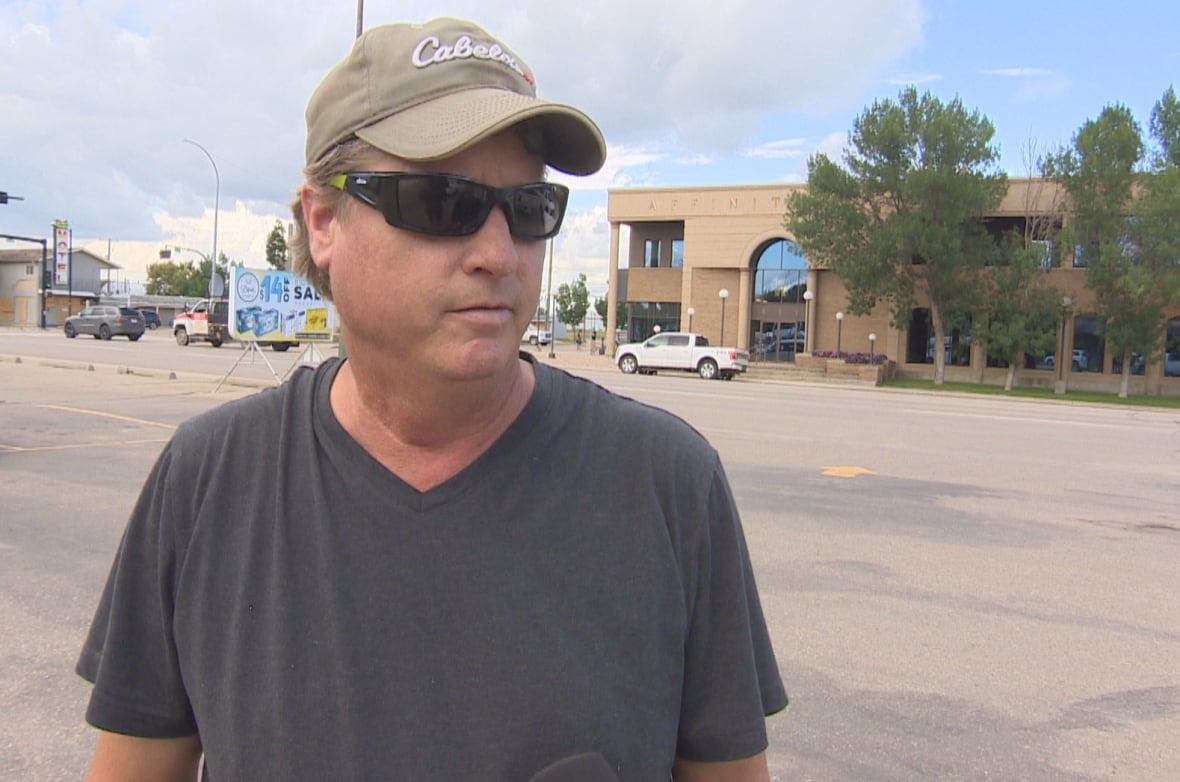
Derrick Helm said he supports bringing in a nuclear power plant, but believes coal should keep going until it’s no longer needed.
“It’s nonstop in the ground. Just keep pulling it out and burning it,” he said. “I have no problem with that.”
The fight over coal
The local push to keep burning coal, along with continued support from the province, could leave Estevan as one of the last places in Canada to use the fossil fuel.
In 2016, Ottawa gave provinces until 2030 to phase out coal-fired power plants. Those fitted with carbon capture technology receive an exemption, including one unit at the Boundary Dam 3 station outside Estevan.
But Saskatchewan recently announced plans to run all three of its plants well beyond the deadline, arguing that the federal government lacks jurisdiction over power generation.
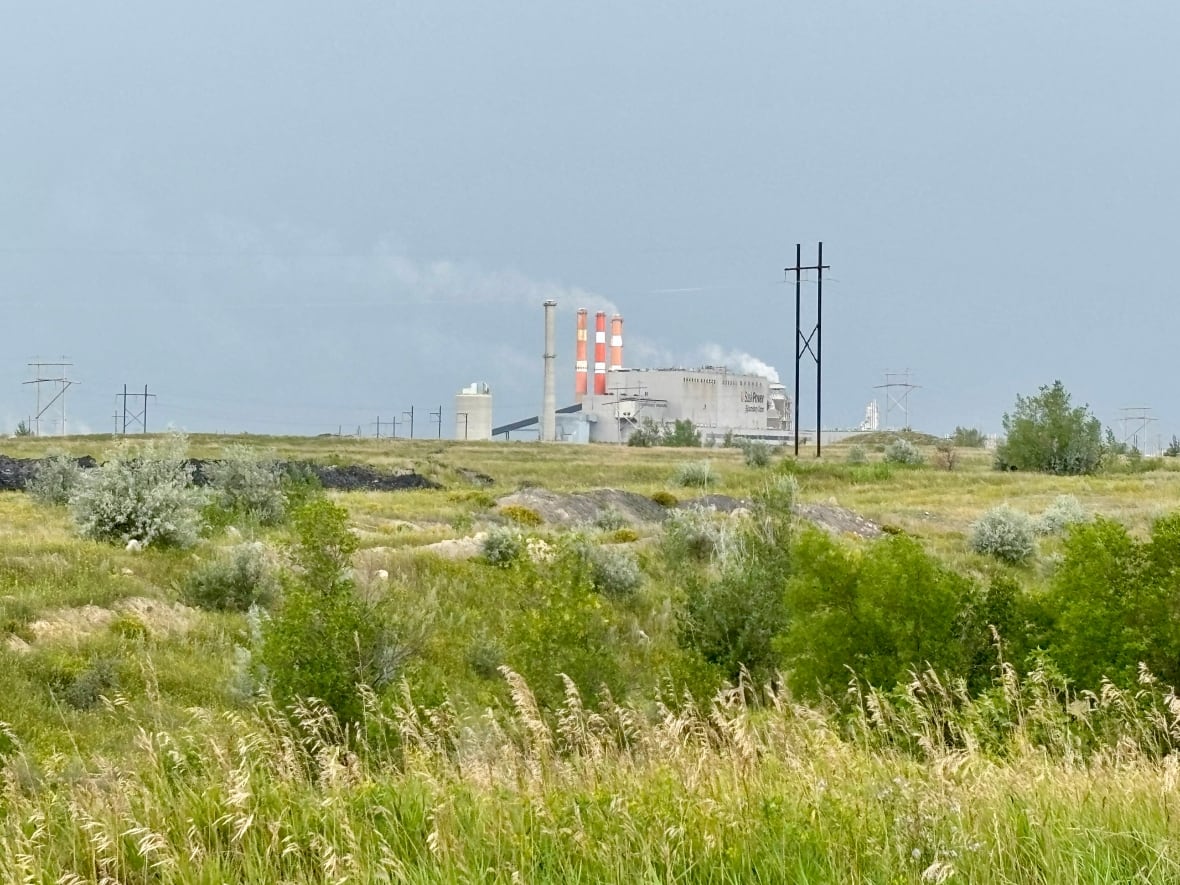
The decision is already facing a legal challenge in court.
Brett Dolter, an economist and expert on climate change policy at the University of Regina, said it’s unclear how much the province might need to invest in refurbishing the plants and keeping them running.
“There was a plan, and now we have this possibility of wasting a lot of money to switch horses midstream to go with reinvesting in what is an outdated technology,” he said.
“We know that burning coal is the dirtiest way to produce power. We have many, many other options and it really is short-sighted to think that’s the best option for Saskatchewan.”

Saskatchewan has Canada’s second-most emissions-intensive electricity system, trailing only Alberta. Despite being only three percent of the country’s population, it’s responsible for about a quarter of all electricity emissions, according to the federal government.
Alberta’s last coal plant powered down last year.
“We’re only three per cent of the population, but we’re the last holdouts to phase out coal,” Dolter said. “So we’re this dirty island of electricity.”
A spokesperson for the federal Minister of Environment and Climate Change said Saskatchewan has an agreement with Ottawa on emission reduction measures. It’s set to expire at the end of next year.

If the terms are not respected, “it can be terminated, thus bringing the federal regulations back into full effect,” Keean Nembhard wrote in an email.
Premier Scott Moe said the province wants to see the federal rules change.
“We’re going to be operating those plans into the future to provide affordable, reliable power for Saskatchewan residents and Saskatchewan industries, as we transition to a much cleaner nuclear power source,” he said at a recent news conference.
Relief for now
On Fourth Street, Estevan’s main drag, residents and business owners are breathing a sigh of relief for now.
The 400 homes for sale has dropped to 50, and hundreds of workers are expected to arrive in the city to help refurbish the power plants and eventually build the nuclear facility.
“Things are looking up,” said Lori Smith, outside her downtown embroidery shop. “It’s scary when they were talking about closing and how many people were going to leave town. But I know that there’s a lot of power behind the energy sector in Estevan.”
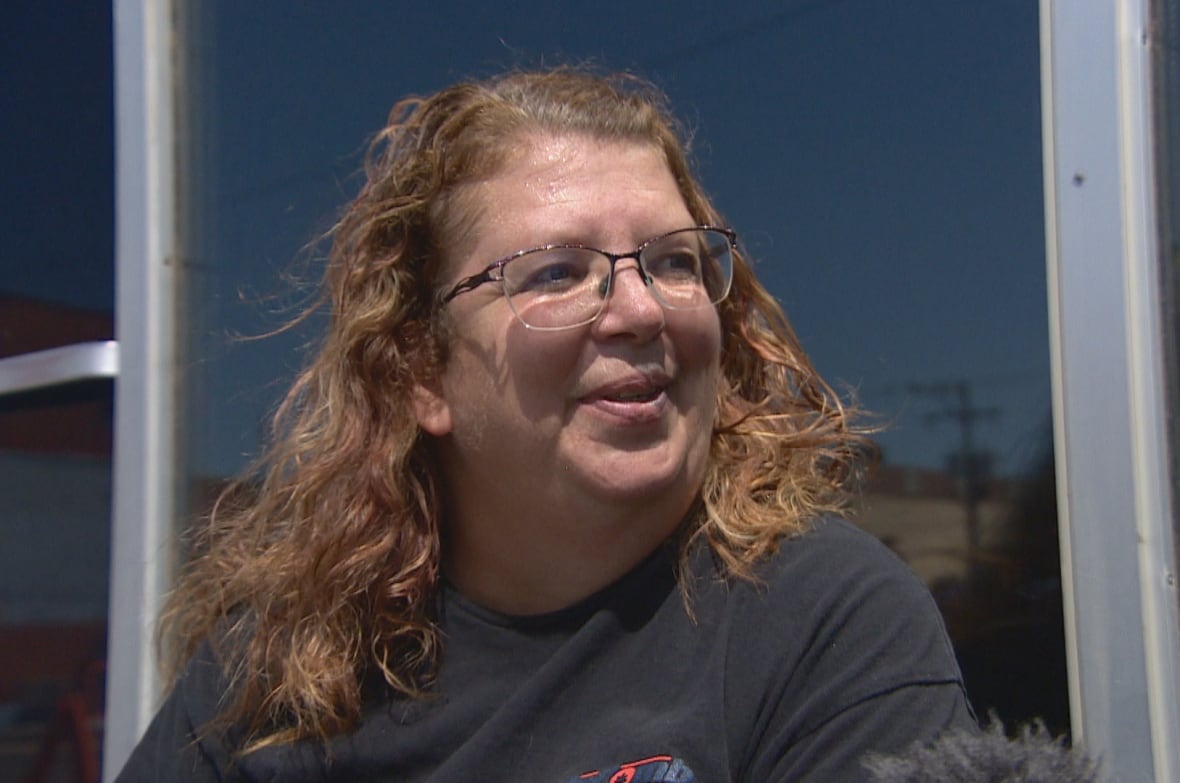
Lynda Chamney’s fiancé works at one of the plants.
“It’s so nice that they’ll be keeping their jobs,” she said. “It’s been around forever and, and I’m glad it’s staying.”


